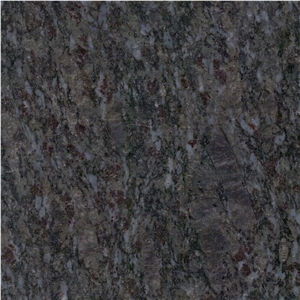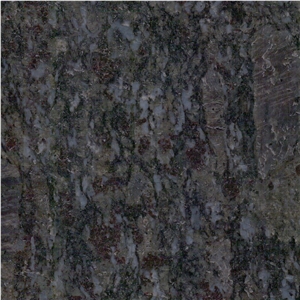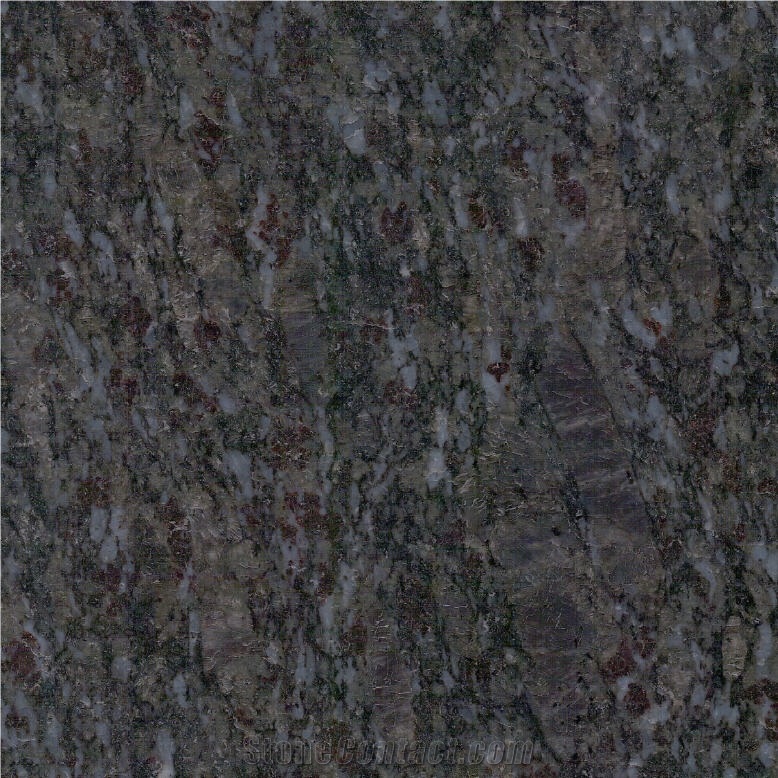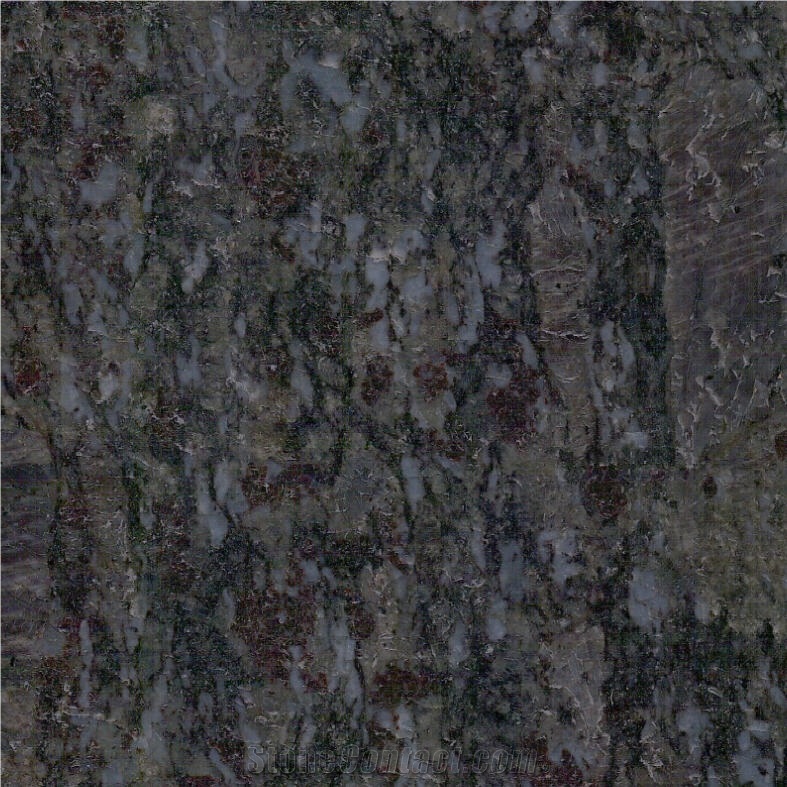Phalaenopsis Granite
 China
China
Phalaenopsis Granite is a kind of blue granite quarried in China. This stone is especially good for Exterior - Interior wall and floor applications, monuments, countertops, mosaic, fountains, pool and wall capping, stairs, window sills and other design projects. It also called China Phalaenopsis Granite, Moth Orchid Granite, Blue Orchid Granite, Butterfly Blue Granite,in China stone market:蝴蝶兰(Húdié lán) . Phalaenopsis Granite can be processed into Polished, Sawn Cut, Sanded, Rockfaced, Sandblasted, Tumbled and so on.

What is the average size of a flat Phalaenopsis Granite headstone?

What is the coefficient of friction of Filled China's Phalaenopsis Granite tiles?

Can China's Phalaenopsis Granite be used exterior applications in very rainy climates?

How do I get stains out of Phalaenopsis Granite headstones?

Can China's Phalaenopsis Granite be used outdoors?

What is another name for a Phalaenopsis Granite gravestone marker?

Can China's Phalaenopsis Granite be used in a bathroom?

Is Phalaenopsis Granite good for outdoor steps?

What is the average compressive strength of China's Phalaenopsis Granite?

What kind of paint do I use on Phalaenopsis Granite headstone lettering?

What is the physical properties of Phalaenopsis Granite?

Are there color variations of China's Phalaenopsis Granite?

Can China's Phalaenopsis Granite be used in landscaping?

How heavy is a Phalaenopsis Granite grave marker?

How tall is a standard Phalaenopsis Granite headstone?

Is China's Phalaenopsis Granite an expensive stone?

What grade is China's Phalaenopsis Granite?

How thick are Phalaenopsis Granite steps?

Can Phalaenopsis Granite have a flamed surface finish?

How to repair the scratched Phalaenopsis Granite countertop surface?

What is the difference between a Phalaenopsis Granite grave marker and a headstone?

How thick is China's Phalaenopsis Granite slabs?

How do I match Phalaenopsis Granite countertops with cabinets?
-

 China
China
 15YRDiamond members are premium members on platform, providing members with comprehensive approach to promoting their products, increasing products exposure and investment return to maximize.
15YRDiamond members are premium members on platform, providing members with comprehensive approach to promoting their products, increasing products exposure and investment return to maximize.
 Verified Supplier is for prove company authenticity,including business license,trade license and effective office space,to enhance buyers' trust to suppliers and their products, reducing communication costs.
Verified Supplier is for prove company authenticity,including business license,trade license and effective office space,to enhance buyers' trust to suppliers and their products, reducing communication costs.
Contact Supplier
-

Xiamen JSC Imp. & Exp. Co.,Ltd.
 China
China
 13YRDiamond members are premium members on platform, providing members with comprehensive approach to promoting their products, increasing products exposure and investment return to maximize.
13YRDiamond members are premium members on platform, providing members with comprehensive approach to promoting their products, increasing products exposure and investment return to maximize.
 Verified Supplier is for prove company authenticity,including business license,trade license and effective office space,to enhance buyers' trust to suppliers and their products, reducing communication costs.
Verified Supplier is for prove company authenticity,including business license,trade license and effective office space,to enhance buyers' trust to suppliers and their products, reducing communication costs.
Contact Supplier
-

XIAMEN XINZHENXUAN STONE CO.,LTD.
 China
China
 11YRDiamond members are premium members on platform, providing members with comprehensive approach to promoting their products, increasing products exposure and investment return to maximize.
11YRDiamond members are premium members on platform, providing members with comprehensive approach to promoting their products, increasing products exposure and investment return to maximize.
 Verified Supplier is for prove company authenticity,including business license,trade license and effective office space,to enhance buyers' trust to suppliers and their products, reducing communication costs.
Verified Supplier is for prove company authenticity,including business license,trade license and effective office space,to enhance buyers' trust to suppliers and their products, reducing communication costs.
Contact Supplier
-

Xiamen Paia Import & Export Co.,Ltd.
 China
China
 7YRDiamond members are premium members on platform, providing members with comprehensive approach to promoting their products, increasing products exposure and investment return to maximize.
7YRDiamond members are premium members on platform, providing members with comprehensive approach to promoting their products, increasing products exposure and investment return to maximize.
 Verified Supplier is for prove company authenticity,including business license,trade license and effective office space,to enhance buyers' trust to suppliers and their products, reducing communication costs.
Verified Supplier is for prove company authenticity,including business license,trade license and effective office space,to enhance buyers' trust to suppliers and their products, reducing communication costs.
Contact Supplier
-

XIAMEN REFINESTONE INDUSTRIAL CO.,LTD.
 China
China
 14YRDiamond members are premium members on platform, providing members with comprehensive approach to promoting their products, increasing products exposure and investment return to maximize.
14YRDiamond members are premium members on platform, providing members with comprehensive approach to promoting their products, increasing products exposure and investment return to maximize.
 Verified Supplier is for prove company authenticity,including business license,trade license and effective office space,to enhance buyers' trust to suppliers and their products, reducing communication costs.
Verified Supplier is for prove company authenticity,including business license,trade license and effective office space,to enhance buyers' trust to suppliers and their products, reducing communication costs.
Contact Supplier
The request includes: 1. surface finished, size 2. quantity required









